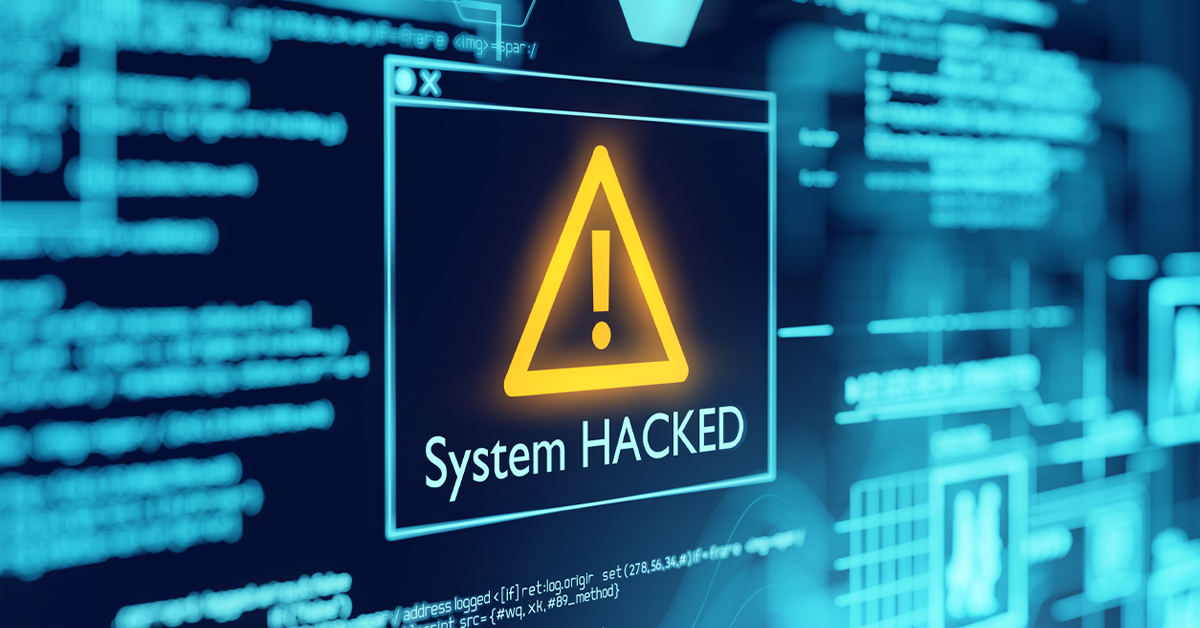World Class IT Support & Service
Real People. Right Now.
About Locknet® IT Services
From the first hello, the Locknet® team is dedicated to serving you and your needs.
Real People. Right Now.
From the first hello, the Locknet® team is dedicated to serving you and your needs.


Employees play a critical role in safeguarding company assets from cyber threats. However, they can also inadvertently expose organizations to significant risks if proper cybersecurity practices are not followed. From falling victim to phishing attacks to using unsecured Wi-Fi networks, employee behaviors can pose serious challenges to organizational security.
Employees are often the first line of defense against phishing attacks, yet they can also be the weakest link. Clicking on malicious links or providing sensitive information in response to deceptive emails can compromise company networks and lead to data breaches. Regular cybersecurity awareness training is essential to educate employees about the dangers of phishing and how to identify and report suspicious emails effectively.
Weak passwords are a common vulnerability exploited by cybercriminals to gain unauthorized access to company systems and data. Employees who use easily guessable passwords or reuse them across multiple accounts put their organizations at risk of account compromise and data breaches. Enforcing strong password policies, such as requiring complex passwords, utilizing a password manager, and implementing multi-factor authentication, can mitigate this risk.
Remote work has become increasingly prevalent, exposing employees to the risks of using unsecured Wi-Fi networks in public places such as cafes and airports. Connecting to these networks without proper security measures in place can expose sensitive company data to interception and eavesdropping by malicious actors. Encouraging the use of virtual private networks (VPNs) and secure Wi-Fi networks can help mitigate this risk.
Failing to keep software and systems up-to-date leaves organizations at risk of known security vulnerabilities that cybercriminals can exploit. Employees who ignore software updates or delay installing patches increase the risk of system compromise and data breaches. Implementing robust patch management procedures and regularly updating software can help mitigate this risk.
Employees who mishandle sensitive information can inadvertently expose their organizations to data breaches and regulatory penalties. This includes sharing sensitive data through unsecured channels, storing it on personal devices, or failing to properly dispose of confidential documents. Providing regular training on data handling best practices and implementing data loss prevention measures can help mitigate this risk.
Employees, system administrators, and third-party vendors with malicious intent may abuse their privileged access to steal sensitive data or sabotage systems. Implementing access controls, enabling multifactor authentication, and providing cybersecurity awareness training can help mitigate this risk.
Bring-your-own-device (BYOD) policies have blurred the lines between personal and corporate devices, introducing new security risks to the workplace. Employees who use personal devices for work-related tasks may inadvertently introduce malware or other security threats to company networks. Implementing BYOD policies that include security requirements, such as device encryption and remote wipe capabilities, can help mitigate the risks associated with personal devices in the workplace.
In conclusion, employees can both inadvertently and maliciously expose organizations to significant risks if proper precautions are not taken. By addressing these top seven examples of cybersecurity risks through a combination of training, policy enforcement, and technological controls, organizations can strengthen their cybersecurity defenses and reduce the likelihood of costly security incidents. Remember, cybersecurity is everyone's responsibility, and ongoing vigilance is key to safeguarding company assets in today's digital world.
These examples of cybersecurity risks are just a starting point for improving your security posture. Partner with a Managed IT provider like Locknet to complete a thorough security assessment of your organization.
Cybersecurity

Onalaska, WI Waterloo, IA Wausau, WI Eau Claire, WI Burnsville, MN
You are now leaving locknetmanagedit.com. Please check the privacy policy of the site you are visiting.